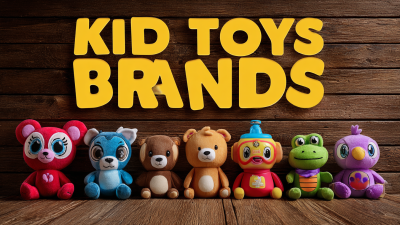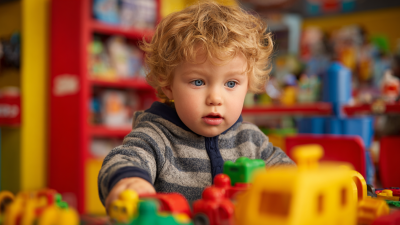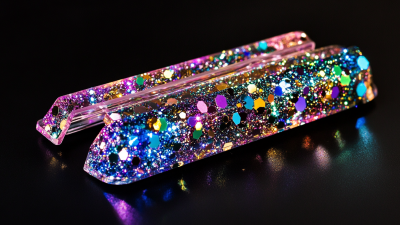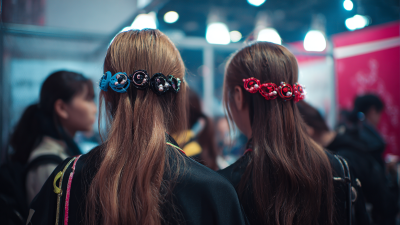In the fascinating landscape of childhood play, the evolution of kids toy brands offers a compelling narrative that reflects broader cultural shifts and technological innovations. From simple wooden blocks to high-tech interactive games, the journey through playtime history reveals how these brands have not only catered to the whims of young imaginations but also influenced the way children learn and socialize. This exploration delves into the origins and transformations of iconic kids toy brands over the decades, examining how they have adapted to changing social norms, market demands, and advancements in design. As we traverse the various eras of play, we will uncover the themes and trends that have shaped the toys that occupy children's lives, allowing us to appreciate the enduring impact these brands have on childhood experiences. Join us as we investigate the rich history of kids toy brands and the pivotal role they play in shaping the future of play.

Throughout history, iconic kids toy brands have not only reflected the changing dynamics of childhood but also the innovation that accompanies each era. The timeline begins in the mid-19th century with the introduction of wooden toys, primarily crafted by skilled artisans. These handmade toys laid the foundation for imaginative play, allowing children to explore their creativity in ways previously unimagined. As the Industrial Revolution took hold, mass production techniques emerged, leading to the rise of brands like Fisher-Price in the 1930s and LEGO in the late 1940s, which forever transformed the landscape of children's play.
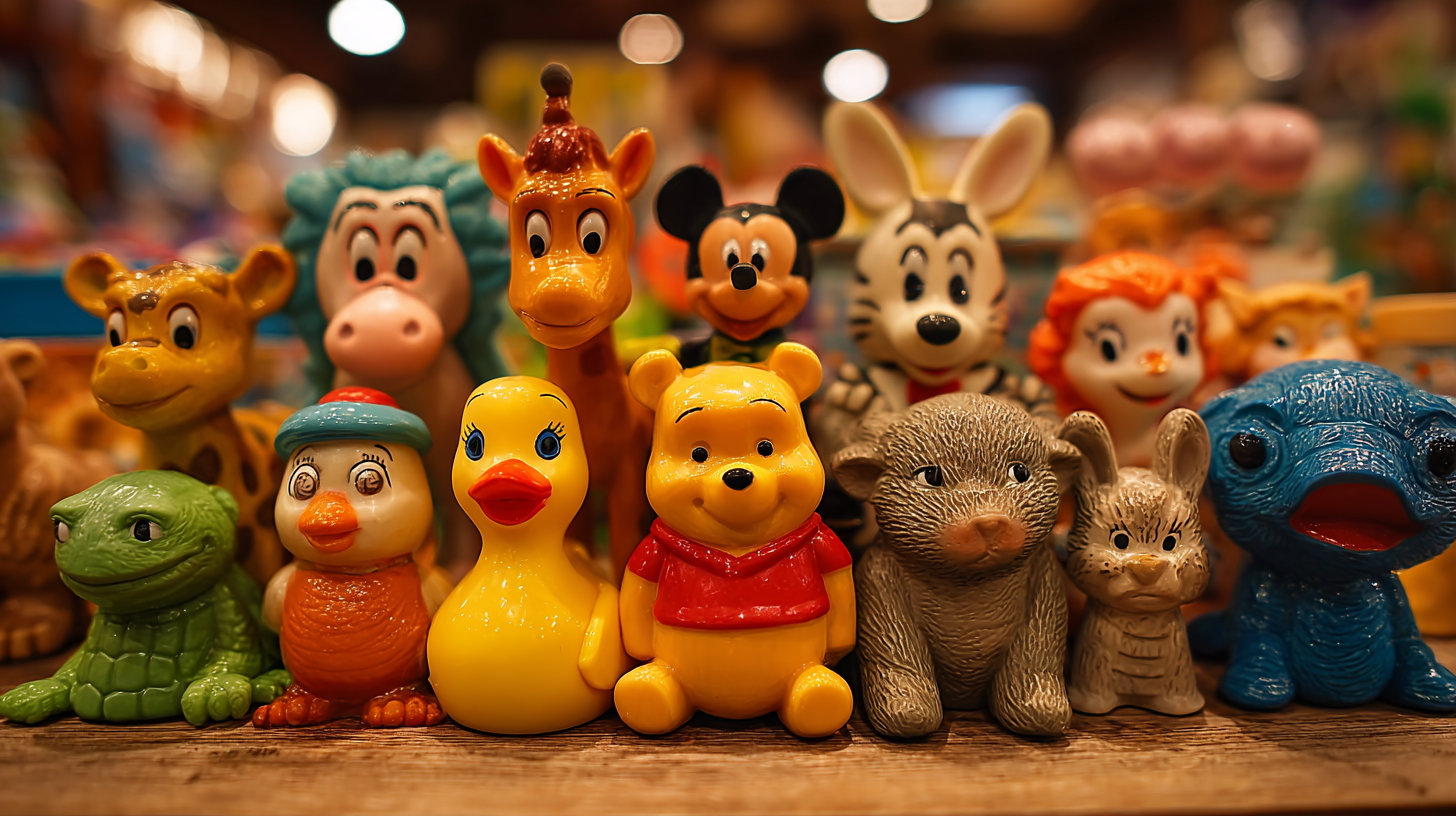
The latter half of the 20th century saw a surge of interactive and technologically advanced toys. The launch of electronic toys in the 1980s, such as the iconic Game Boy, brought a new dimension to play, merging entertainment with education. Brands like Barbie adapted to cultural shifts by evolving their narrative and representation, becoming symbols of empowerment for young girls. As we entered the 21st century, sustainability and inclusivity became paramount, prompting brands to rethink their materials and messaging. The evolution of kids toy brands reveals a fascinating journey through innovation, culture, and societal values, ultimately shaping how childhood is experienced across generations.
The journey of toy design has been significantly shaped by technological advancements since the 1950s. The introduction of plastics and electronic components revolutionized the market, allowing for innovative designs and interactive features. For example, the 1960s saw the rise of electronic toys, such as the iconic Speak & Spell, which utilized new technology to engage children in learning through play. This shift not only diversified the types of toys available but also changed how children interacted with them, fostering a more immersive play experience.
As we moved into the 21st century, the impact of technology became even more pronounced with the integration of digital devices. A report by the Toy Association noted that the U.S. toy industry generated over $27 billion in sales in 2022, with a significant portion attributed to tech-driven toys that blend traditional play with modern technology. Products like LEGO Boost and Sphero exemplify this trend, as they combine coding and robotics with classic building and play patterns. Such advancements have not only created new play opportunities but also equipped children with essential skills for a tech-centric future.
The evolution of kids' toy brands has been significantly influenced by consumer trends and market demographics across different age groups. Recent reports indicate that the global toy market is experiencing substantial growth, driven by factors such as the rise in disposable income, changes in family structures, and the increasing importance of play in childhood development. For instance, the stuffed animals and plush toys market is projected to nearly double from USD 13.71 billion in 2025 to USD 26.23 billion by 2033, highlighting a growing preference for toys that offer comfort and emotional connection for younger children.

Moreover, the board games market, encompassing classic games like Monopoly, Scrabble, and chess, reflects a shift in consumer behavior towards interactive and family-oriented entertainment. As children aged 2-5 years become more engaged with physical play, brands are also adapting to incorporate innovative designs and educational aspects into their products. The toy industry is keenly observing evolving demographic trends, which not only shape the types of toys produced but also guide marketing strategies that resonate with parents and caregivers seeking meaningful play experiences for their children.
Sustainability in toy manufacturing has emerged as a critical focus for many brands, driven by increasing awareness of environmental issues among consumers and the growing demand for eco-friendly products. According to a report by The Toy Association, around 66% of parents prioritize sustainability when choosing toys for their children, highlighting a significant shift towards brands that are committed to environmental responsibility. This trend has prompted various companies to adopt innovative practices, from using recycled materials to embracing circular economy principles.
Leading brands like LEGO and Hasbro have made substantial commitments toward sustainability. LEGO aims to have all core products made from sustainable materials by 2030, while Hasbro has pledged to eliminate plastic from its packaging by 2022. These brands are not only adjusting their manufacturing processes but also redefining their brand narratives to resonate with eco-conscious consumers. A 2022 study from McKinsey & Company underscores that more than 50% of consumers would be willing to pay a premium for sustainable toys, indicating a lucrative opportunity for brands that prioritize eco-friendly strategies. As the market continues to evolve, those embracing sustainability will likely lead the way in the competitive landscape of the toy industry.
| Dimension | Data Point |
|---|---|
| Year Established | 1950 |
| Main Material Used | Biodegradable Plastics |
| Percentage of Recycled Materials | 70% |
| Carbon Footprint Reduction | 30% over 5 years |
| Community Engagement Programs | Yes |
| Awards for Sustainability | 3 Local Awards |
| Consumer Satisfaction Rating | 4.8/5 |
In recent years, the toy industry has seen a significant shift driven by licensing and media tie-ins. According to a report from The NPD Group, licensed toys accounted for nearly 30% of total toy sales in 2022, highlighting the importance of brand partnerships with popular franchises. Iconic properties such as “Star Wars” and “Frozen” continue to dominate the market, demonstrating how well-executed licensing strategies can enhance brand visibility and drive consumer interest. Children are increasingly drawn to products that resonate with their favorite characters from television shows, movies, and video games, thus creating a symbiotic relationship between toys and media.
Additionally, the power of media tie-ins extends beyond mere sales figures. A study by the Toy Industry Association revealed that 85% of children’s purchasing decisions are influenced by media exposure, further underscoring the critical role that marketing and branding play in modern toy success. This trend not only amplifies the reach of toy brands but also drives a sense of nostalgia among parents, creating a multi-generational appeal that can significantly boost sales. As traditional play expands into digital realms, the interplay between toys and media will likely continue to evolve, shaping the future landscape of childhood play experiences.
